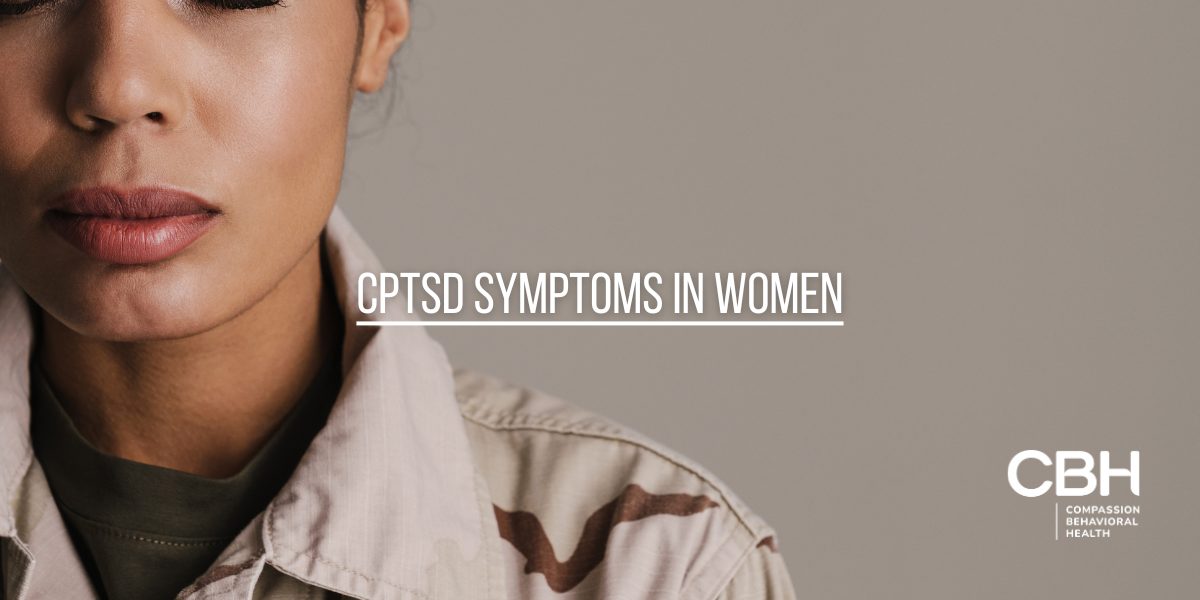Post-Traumatic Stress Disorder (PTSD) is a condition that affects many individuals, often as a result of experiencing or witnessing a traumatic event. One of the most common symptoms of PTSD is the occurrence of flashbacks. These vivid and intrusive memories can be distressing and can greatly impact the daily lives of those suffering from PTSD. Let’s delve deeper into the different types of flashbacks in PTSD to gain a better understanding of this complex condition.
Understanding PTSD: An Overview
Before exploring the various types of flashbacks in PTSD, it’s important to have a clear understanding of what PTSD is. Post-Traumatic Stress Disorder is a mental health condition that can develop after experiencing or witnessing a traumatic event. Common causes of PTSD include physical or sexual assault, combat exposure, natural disasters, or severe accidents. While it’s natural to experience stress and anxiety following such events, individuals with PTSD continue to feel these intense emotions long after the traumatic event has ended.
What is PTSD?
PTSD is characterized by a range of symptoms that can be categorized into three main clusters: re-experiencing, avoidance, and arousal. Re-experiencing symptoms include flashbacks, nightmares, and intrusive thoughts. Avoidance symptoms involve avoiding triggers associated with the traumatic event, such as places, people, or activities that may bring back painful memories. Arousal symptoms include difficulty sleeping, being easily startled, and feeling on edge.
Common Symptoms of PTSD
Aside from flashbacks, individuals with PTSD may also experience a variety of other symptoms. These can include irritability, feelings of guilt or shame, difficulty concentrating, and a diminished interest in activities they once enjoyed. Additionally, physical symptoms such as headaches, stomachaches, and dizziness may also manifest.
The Role of Flashbacks in PTSD
Flashbacks play a significant role in the experience of PTSD. They are characterized by vivid and disturbing recollections of the traumatic event, which can feel as if the person is reliving the experience all over again. These intrusive memories can be triggered by various stimuli, such as certain sounds, smells, or sights that serve as reminders of the traumatic event.
Defining Flashbacks
Flashbacks are a form of memory intrusion, where the individual’s mind transports them back to the traumatic event in a distressing and vivid manner. It’s important to note that flashbacks are not mere recollections or memories, but rather a re-experiencing of the event, often accompanied by physical and emotional distress, making it challenging to distinguish between the past and the present.
How Flashbacks Affect PTSD Sufferers
Flashbacks can have a significant impact on the daily lives of those with PTSD. When a flashback occurs, it can induce intense emotional and physical reactions, making it difficult to focus or carry out regular activities. The individual may experience increased heart rate, sweating, and an overwhelming sense of fear or panic. Due to the distressing nature of flashbacks, individuals might also isolate themselves or avoid situations that may trigger such memories.
Different Types of Flashbacks in PTSD
Not all flashbacks experienced by individuals with PTSD are the same. There are several distinct types of flashbacks that can occur, each with their own characteristics and effects on the individual.
Intrusive Flashbacks
Intrusive flashbacks are the most common type experienced by individuals with PTSD. These flashbacks can occur suddenly and involuntarily, often triggered by reminders of the traumatic event. During an intrusive flashback, the person may feel as if they are back at the scene of the trauma, re-experiencing the sights, sounds, and emotions associated with it.
Dissociative Flashbacks
Dissociative flashbacks are often characterized by a feeling of detachment from oneself or the world. During these episodes, individuals may feel as if they are observing the traumatic event from a distance or even experiencing it from a third-person perspective. Dissociative flashbacks can lead to a sense of numbness, confusion, and disorientation.
Emotional Flashbacks
Emotional flashbacks primarily involve the re-experiencing of intense emotions associated with the traumatic event, rather than vivid visual or auditory details. During an emotional flashback, individuals may feel overwhelmed by fear, sadness, anger, or shame, often without a clear understanding of why these emotions are being triggered. Emotional flashbacks can greatly disrupt daily functioning and can significantly impact an individual’s emotional well-being.
The Science Behind Flashbacks
To fully comprehend the impact of flashbacks in PTSD, it’s essential to understand the underlying biological and psychological processes that contribute to their occurrence.
The Brain and Flashbacks
Research has shown that flashbacks are closely associated with the brain’s fear response system, particularly the amygdala. In individuals with PTSD, the amygdala can become hyperactive, leading to heightened fear and anxiety responses. This hyperactivation can be triggered by reminders of the traumatic event, resulting in the re-experiencing of the event through flashbacks.
The Role of Memory in Flashbacks
Flashbacks are often linked to memory processes. In PTSD, traumatic memories are stored differently in the brain, causing them to be accessed and experienced as if they are happening in the present moment. This faulty memory processing contributes to the intensity and distress associated with flashbacks.
Coping Strategies for Managing Flashbacks
While flashbacks can be challenging to deal with, there are various coping strategies that individuals with PTSD can employ to help manage and reduce the impact of these intrusive memories.
Grounding Techniques
Grounding techniques are often used to help individuals stay connected to the present moment during a flashback. These techniques involve focusing on the immediate environment, such as noticing and describing specific objects or engaging in calming physical sensations like deep breathing or tensing and relaxing different muscle groups.
Therapy Options
Psychotherapy, specifically trauma-focused therapies such as Cognitive Behavioral Therapy (CBT) and Eye Movement Desensitization and Reprocessing (EMDR), can be highly effective in treating flashbacks and managing the symptoms of PTSD. These therapies aim to reprocess traumatic memories and provide individuals with the tools to cope with their experiences in a healthier way.
Medication and Flashbacks
In some cases, medication may be prescribed to individuals with PTSD to help alleviate the symptoms of flashbacks. Selective Serotonin Reuptake Inhibitors (SSRIs) and other psychiatric medications may be used to reduce anxiety, depression, and hyperarousal, making it easier for individuals to manage their intrusive memories.
PTSD Therapy at Compassion Behavioral Health
It is crucial for those experiencing flashbacks to seek professional help and support to facilitate their healing journey toward a healthier and more fulfilling future.
Compassion Behavioral Health stands ready to aid in tackling PTSD and initiating the journey toward healing. Our team of seasoned experts delivers all-encompassing support and PTSD therapy. Leveraging an approach rooted in scientific evidence and tailoring our care to each individual, we ensure everyone gets the targeted treatment they deserve. Call us today to learn more.






